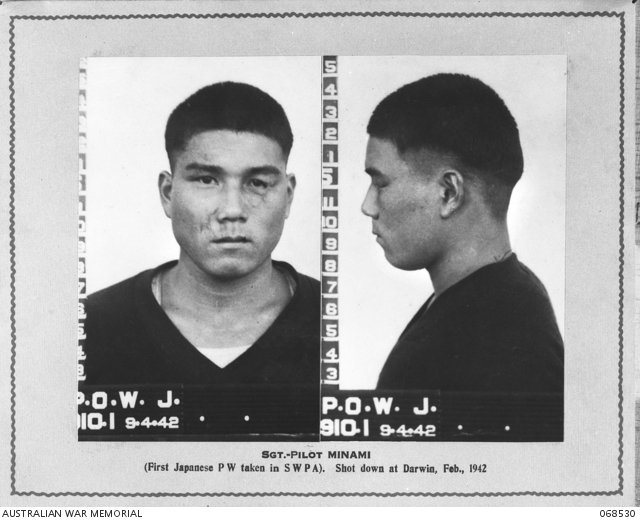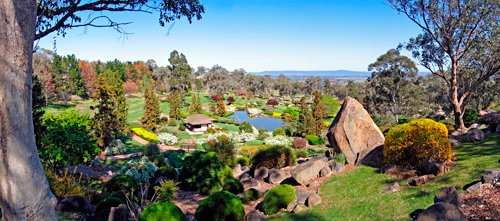On this day: Australia’s biggest prison breakout

SHORTLY AFTER MIDNIGHT on 5 August 1944, an unauthorised bugle call suddenly blasts out across the Cowra Prisoner of War Camp in outback NSW. The bugler is Sergeant Hajime Toyoshima, the first Japanese soldier ever to be captured in Australia, and he is signalling his comrades to launch a mass prison breakout like the world has never seen.
Hundreds of Japanese POWs armed with baseball bats, studded clubs and sharpened kitchen knives surge from their prison huts. Some race directly to the perimeter fences, using blankets to haul themselves over the barbed wire.
Other prisoners attack the Australian garrison, storming a Vickers machine-gun manned by privates Benjamin Gower Hardy and Ralph Jones. The guards fire into the first wave of prisoners but are soon overwhelmed by the Japanese and killed.

Japanese prisoners of war practice baseball on the sportsground near their quarters, several weeks before the Cowra breakout. (Image: Australian War Memorial)
In an act of remarkable foresight, Ralph removes and conceals the machine gun’s bolt, disabling it so the prisoners cannot fire it themselves. Both Ralph and Benjamin would posthumously receive the George Cross for their bravery.
Many Japanese attempt or commit suicide. Some set fire to their huts; some are incinerated inside the burning buildings. A total of 334 Japanese POWs successfully escape into the countryside. Within nine days of the breakout, all surviving escapees are re-captured. They offer no resistance in the round-up, their commander having ordered that no civilians be harmed.
All told, 231 Japanese POWs die in the escape, 31 of whom commit suicide. Four men of the Australian 22nd Garrison Battalion are killed.
Mindset of a Japanese POW
Looking back, it is hard to understand why the Japanese soldiers attempted such a perilous mass escape – especially given that living conditions at Cowra adhered to the Geneva Convention’s regulations.
Harry Gordon, a former newspaper editor and expert on the breakout, attributes the actions of the Japanese to their deeply proud culture and the dishonour associated with being a POW. “Cowra represented a time of immeasurable shame for the Japanese who served time there,” Harry says in his book on the topic, Voyage of Shame.
“Shame was the reason many of them gave false names – to spare their families humiliation. Shame, more than anything else, caused the mass suicide bid that was the Cowra Breakout,” he says.
A letter, written in September 1944 by Sergeant Major Akira Kanazawa, the Japanese camp leader, offers a window into the mindset of the prisoners.

Cowra’s Japanese Garden, designed by Ken Nakajima and opened in 1979, stands today as an emblem of post-war reconciliation between Australia and Japan. (Credit: Wikimedia)
“As we are habitually ashamed of the circumstances of our present existence, we have always craved for an opportunity to die, and every one decided that, on account of the orders given us on that day, our chance had come,” Kanazawa wrote. “Therefore, although up till then, we had repeatedly thought out various ways and means of killing ourselves, we had not been able to carry this out, and knowing full well that should we break out, we would be suppressed by the use of weapons, we took the action we did on that date.”
Aftermath of Cowra breakout
The Cowra Breakout was the only land battle fought on Australian soil during World War II. The town of Cowra itself represents a tragic time in both Japanese and Australian military history, but today is also a symbol of peace and post-war reconciliation.
Japanese prisoners who died in the conflict are laid to rest in Cowra’s specially created Japanese War Cemetery. In 1971, as a sign of gratitude for the respectful treatment of their dead countrymen, the Japanese government worked with the town of Cowra to develop the scenic Japanese Garden. The garden stands today as a symbol of the peaceful relationship between Australia and Japan.

